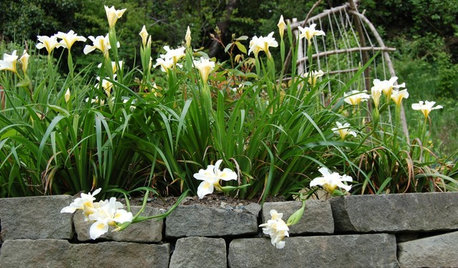Discolored Rhododendron
jjjohnny
18 years ago
Related Stories

GARDENING GUIDESTop 10 Native Plants for the Pacific Northwest
More than just gorgeous and adaptable, these standout plants convey a sense of place
Full Story
GARDENING GUIDES10 Top Native Plants for the U.S. Southeast
For a low-maintenance and wildlife-friendly landscape, use Southern natives that withstand heat and humidity
Full Story
PETSGarden Alert: 22 Plants to Keep Away From Pets
Avoid potential danger by keeping dogs and cats away from these landscaping and houseplant favorites
Full Story





morz8 - Washington Coast
rhodyman
Related Professionals
Bridgetown Landscape Architects & Landscape Designers · Baltimore Landscape Architects & Landscape Designers · Saint Louis Park Landscape Architects & Landscape Designers · Brentwood Landscape Contractors · Manchester Landscape Contractors · Peabody Landscape Contractors · Fuquay-Varina Landscape Contractors · Garland Landscape Contractors · Lake Zurich Landscape Contractors · New Braunfels Landscape Contractors · Seminole Landscape Contractors · Snoqualmie Landscape Contractors · St. Louis Landscape Contractors · Lauderdale Lakes Landscape Contractors · Merrifield Landscape Contractorsego45
rhodyman